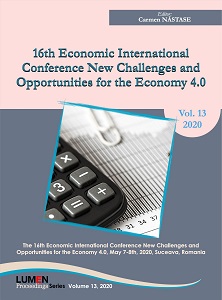Adapted Techniques for Protecting Traditional Buildings
Adapted Techniques for Protecting Traditional Buildings
Author(s): Ionuț Dohotariu, Andrei Purcaru
Subject(s): Cultural Anthropology / Ethnology, Tourism
Published by: Editura Lumen, Asociatia Lumen
Keywords: traditional architecture;vernacular building materials;Bukovina;
Summary/Abstract: The variations of morpho-spatial and formal modeling within the local / regional architecture typologies are determined not only by specific microclimatic elements (plain field or hills), but also by numerous other conditionings such as the type and use of local building materials. Nowadays, low quality modern materials and the effects of poorly understood modernization have a negative impact on the environment and the rural ambience. The traditional houses have taken over, perfected and diversified over time the repertoire of construction systems and execution techniques developped in the previous stages. Using traditional techniques in the process of built heritage restauration is synonymous with its adaptation to the contemporary comfort requirements and to the fulfillment of the exigencies of resistance and stability. The main constituent elements of the traditional building systems leads us to the analyzing the houses on subassemblies: the roof (roof frame and covering), walls, foundations and socle, carpentry and opening. Proper repair of traditional houses must be carried out accurately, taking into account the fact it is imperative to use good quality materials that prove effective during the reconstruction process. Beyond the importance and cultural relevance of the traditional house, the compatibility of materials is a complex and thorny process that involves a lot of responsibility.
Book: 16th Economic International Conference NCOE 4.0 2020
- Page Range: 368-376
- Page Count: 9
- Publication Year: 2020
- Language: English
- Content File-PDF

